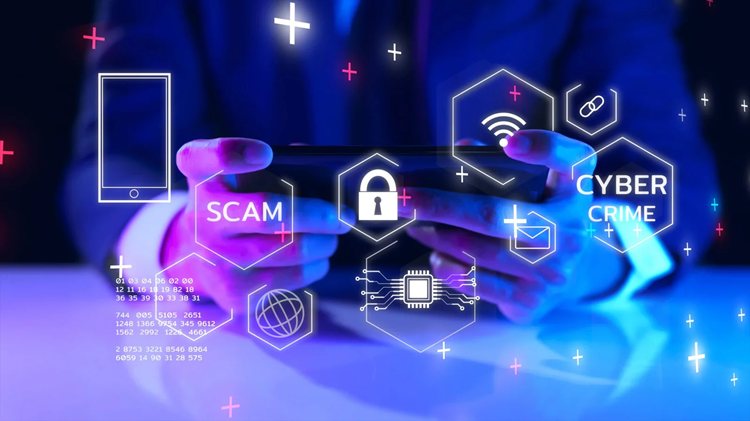Introduction
In today's digital age, where information is exchanged at lightning speed and transactions occur with a mere click, cybersecurity has become paramount. Protecting your digital identity is no longer optional but imperative. As technology advances, so do the tactics of cybercriminals. In this comprehensive guide, we delve into the intricacies of cybersecurity and provide actionable steps to fortify your digital fortress.
Understanding Cyber Threats
Malware: The Silent Invader
Malware, short for malicious software, encompasses a range of threats including viruses, worms, Trojans, and ransomware. These nefarious programs infiltrate your devices, compromising sensitive information and wreaking havoc on your digital life.
Phishing: Hook, Line, and Sinker
Phishing attacks prey on human psychology, masquerading as legitimate entities to lure unsuspecting victims into divulging personal information such as passwords and financial data. These deceptive tactics often lead to identity theft and financial loss.
Social Engineering: Manipulating Trust
Social engineering techniques exploit human interactions to gain unauthorized access to systems or information. From pretexting to baiting, cybercriminals leverage psychological manipulation to breach defenses and extract valuable data.
Securing Your Digital Identity
Strong Passwords: The First Line of Defense
Crafting robust passwords is the cornerstone of cybersecurity. Utilize a combination of uppercase and lowercase letters, numbers, and symbols to create complex passwords that are difficult to crack. Consider employing password managers to securely store and manage your credentials.
Two-Factor Authentication: Adding an Extra Layer
Two-factor authentication (2FA) provides an additional layer of security by requiring users to verify their identity through a secondary method, such as a text message or authentication app. Implementing 2FA significantly reduces the risk of unauthorized access to your accounts.
Regular Software Updates: Patching Vulnerabilities
Software updates often contain patches for known security vulnerabilities. Stay vigilant and promptly install updates for your operating system, applications, and antivirus software to mitigate the risk of exploitation by cyber threats.
Virtual Private Networks (VPNs): Safeguarding Your Connections
VPNs encrypt your internet traffic, shielding it from prying eyes and potential eavesdroppers. Whether browsing from home or accessing public Wi-Fi networks, VPNs offer an added layer of privacy and security, preserving the confidentiality of your online activities.
Educating Yourself and Others
Cybersecurity Awareness: Knowledge is Power
Stay informed about the latest cybersecurity threats and trends through reputable sources such as cybersecurity blogs, industry publications, and online courses. Empower yourself with knowledge to recognize and respond to potential security risks effectively.
Training and Awareness Programs: Building a Cyber-Resilient Culture
Organizations should prioritize cybersecurity awareness among employees through comprehensive training programs and simulated phishing exercises. By fostering a culture of security consciousness, businesses can mitigate the risk of insider threats and cyberattacks.
Conclusion
In the ever-evolving landscape of cyberspace, safeguarding your digital identity is paramount. By understanding common cyber threats and implementing proactive security measures, you can fortify your defenses and protect yourself against malicious actors. Remember, cybersecurity is not a one-time endeavor but an ongoing commitment to vigilance and resilience.










